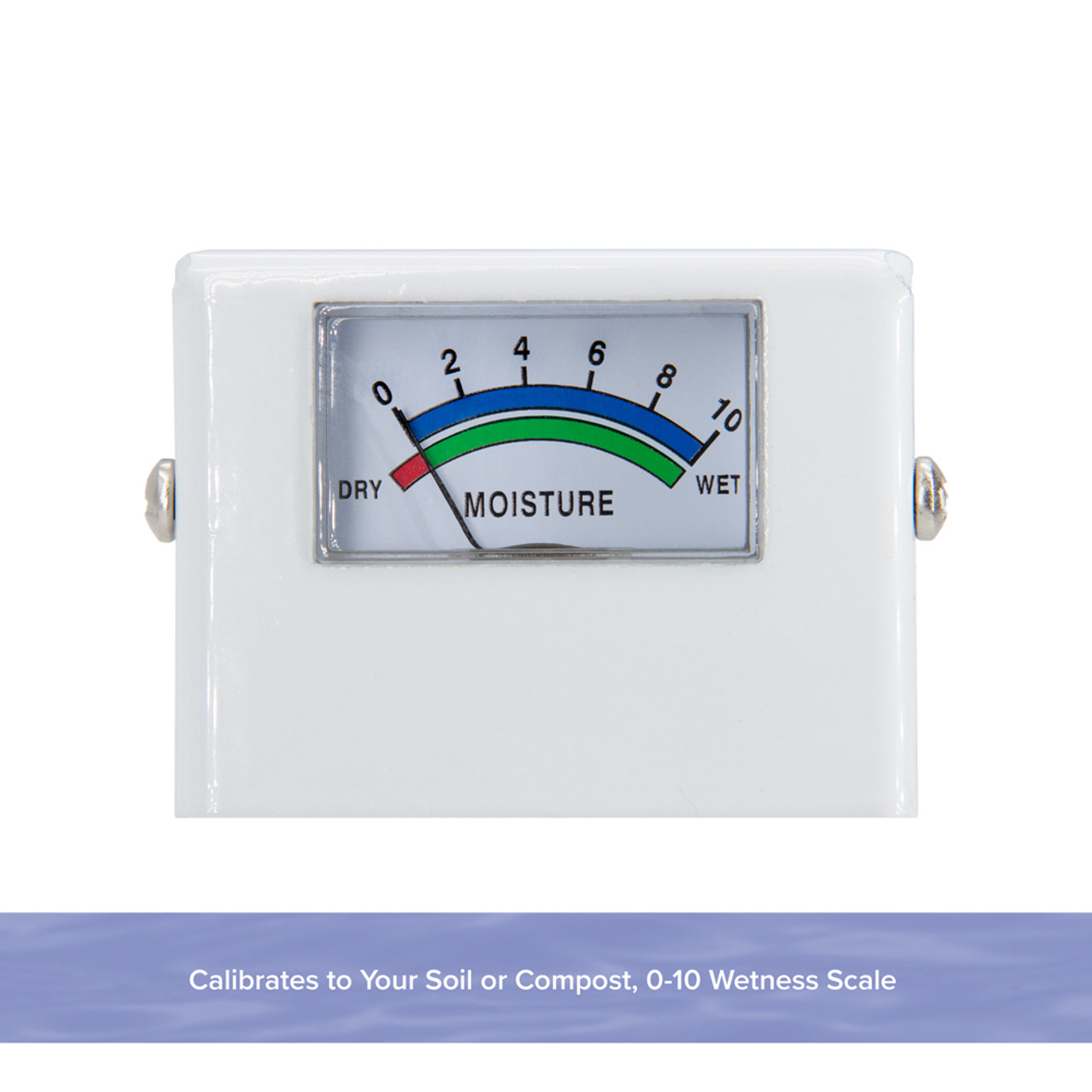Understanding the Importance of a Moisture Meter in Protecting Against Mold and Water Damage in your house
In the realm of home upkeep, the presence of dampness can often be a quiet yet awesome enemy, efficient in causing pervasive mold and mildew growth and insidious water damages if left unchecked. Among the relaxing ambiance of a home, hidden moisture problems can make underneath the surface, presenting a threat to both home and wellness. Outfitted with the right tools and knowledge, homeowners can proactively deal with these prospective risks. Understanding the relevance of a wetness meter in this fight is not merely a choice however a critical requirement.
Importance of Moisture Detection
Efficient wetness detection methods are important for protecting properties and avoiding possible mold development and water damage. Wetness can seep right into different structure materials, leading to architectural problems and carcinogen. By using a wetness meter, homeowner can proactively determine areas vulnerable to excess moisture, permitting prompt intervention and reduction strategies.
Moisture meters give accurate readings of moisture degrees in different products such as timber, drywall, and concrete. This information assists in pinpointing locations of problem, even in hard-to-reach or concealed areas. Early discovery of dampness build-up makes it possible for prompt repair work or modifications to avoid additional damages.

Just How Moisture Meters Job
Wetness meters play a pivotal duty in the proactive recognition of excess dampness, aiding in the avoidance of prospective mold growth and water damages by offering precise readings of wetness degrees in numerous structure products. These devices function based on different principles, relying on their type. Moisture Meter. Pin-type dampness meters, as an example, have 2 pins that permeate the product to determine the electric resistance between them. When wetness exists, it improves the product's conductivity, resulting in a reduced resistance analysis. Pinless dampness meters, on the other hand, use electro-magnetic sensing units to scan the material without triggering damages. These sensors give off electro-magnetic signals that penetrate the product and measure the dielectric homes, showing dampness material. Some progressed moisture meters pin both integrate and pinless technologies for comprehensive moisture discovery. Recognizing exactly how moisture meters function is essential for prompt and exact dampness level evaluations, allowing efficient preventative measures against mold and water damage.
Finding Early Indication
Upon initial evaluation of a residential property, recognizing refined indicators of excess moisture becomes vital in the early discovery of possible mold and mildew development and water damage. Water discolorations can signify leakages or infiltration, while peeling paint or wallpaper might be an outcome of moisture compromising the adhesion of these products to the surface area. Furthermore, an increase in allergy symptoms or respiratory system concerns among occupants might suggest the visibility of mold and mildew due to excess dampness.
Protecting Against Mold Growth
Recognizing early indication of excess wetness within a residential or commercial property not just makes it possible for punctual detection of prospective mold and mildew development and water damages but likewise functions as an aggressive step in avoiding the spreading of mold. To effectively prevent mold and mildew development, it is crucial to deal with any sources of moisture immediately. This can consist of dealing with leakages in roofing systems, windows, or pipes, making sure appropriate ventilation in moist locations like kitchens and restrooms, and making use of dehumidifiers in high-humidity spaces. Frequently checking and preserving the home's plumbing, roofing, and seamless gutters can likewise help in preventing water invasion that might lead to mold and mildew development.
Along with addressing moisture sources, keeping indoor humidity degrees below 60% can significantly hinder mold development. Correct air flow, ample insulation, and using air conditioners or followers can help control indoor humidity levels. Keeping an eye on moisture levels in areas prone to dampness, such as cellars and creep spaces, making use of a moisture meter can additionally help in very early discovery of raised wetness levels and find this prospective mold and mildew development. By taking positive steps to stop excess dampness and mold and mildew development, house owners can secure their building and interior air quality.
Advantages of Regular Monitoring
Routine monitoring of dampness levels in a home can play a vital role in keeping a healthy interior atmosphere and avoiding possible mold and water damages. By frequently checking moisture levels, home owners can discover any kind of problems quickly and take necessary actions to stop mold development and water damage. Among the key benefits of routine monitoring is very early detection. By recognizing and addressing high wetness degrees at an early stage, homeowners can step in prior to mold and mildew has the opportunity to spread and establish. This positive strategy can save both time and cash in the lengthy run by avoiding substantial mold removal and repair work expenses.
Moreover, regular tracking enables house owners to track patterns and patterns in wetness levels gradually. By developing a baseline and monitoring changes, people can identify any areas of problem or possible susceptabilities in the residential property's framework. This data-driven technique allows targeted interventions and maintenance efforts to address underlying concerns prior to they intensify into even more significant problems. Inevitably, the constant tracking of wetness levels encourages house owners to safeguard their home, secure their health and wellness, and preserve the honesty of their indoor setting.

Final Thought

By utilizing a moisture meter, building owners can proactively determine locations susceptible to excess wetness, permitting for prompt treatment and mitigation strategies.

Keeping an eye on wetness degrees in areas susceptible to dampness, such as basements and crawl rooms, making use of a dampness meter can additionally help in very early detection of elevated moisture degrees and possible mold and mildew growth. (Moisture Meter)
Comments on “The Ultimate Overview to Picking the Right Moisture Meter for Your Demands”